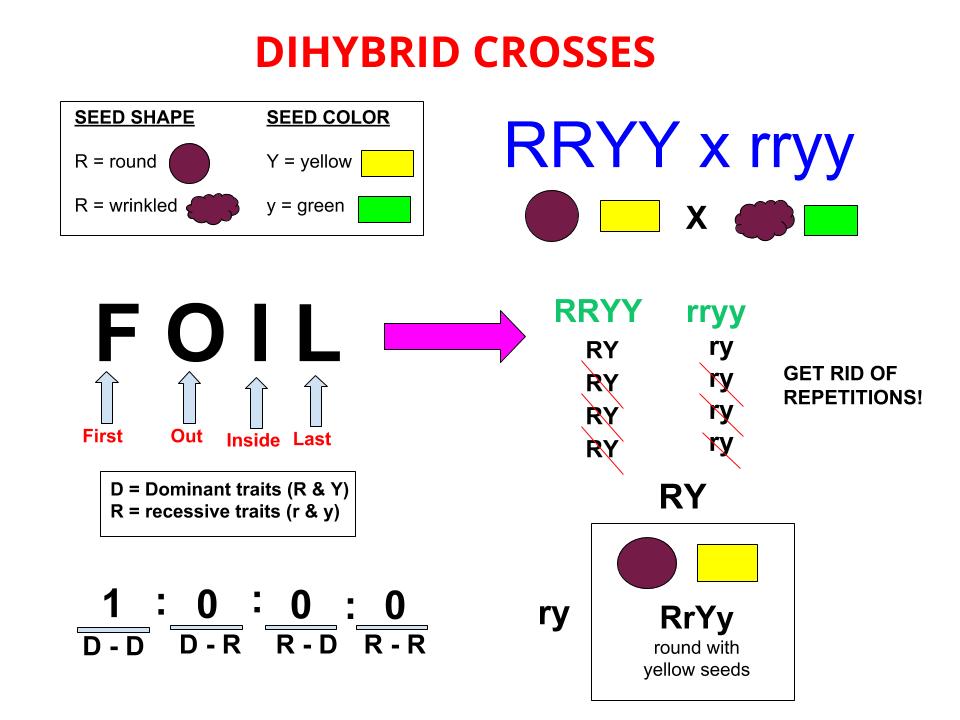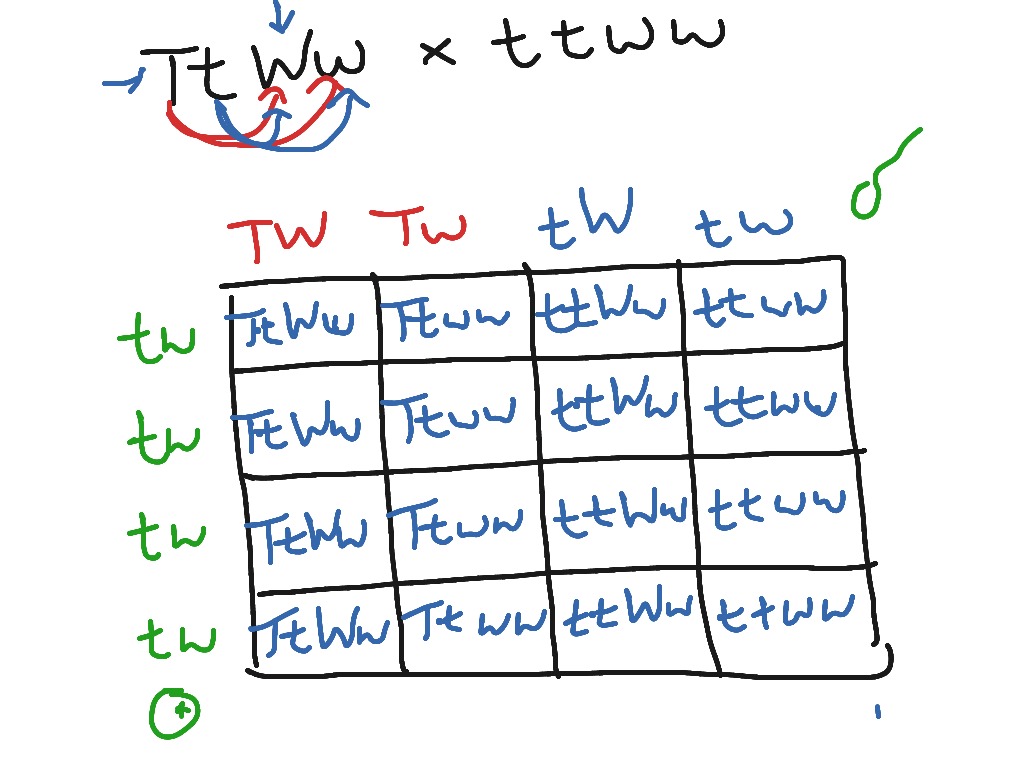Dihybrid Punnett Square - Dihybrid Crosses Using A Punnett Square Youtube - Some of the worksheets for this concept are dihybrid punnett square practice, punnett square practice work, punnett square cheat, introduction to punnett squares, dihybrid punnett square practice problems answer key, understanding genetics punnett squares, punnett square work with answers, punnett square work answers.
Dihybrid Punnett Square - Dihybrid Crosses Using A Punnett Square Youtube - Some of the worksheets for this concept are dihybrid punnett square practice, punnett square practice work, punnett square cheat, introduction to punnett squares, dihybrid punnett square practice problems answer key, understanding genetics punnett squares, punnett square work with answers, punnett square work answers.. A simple dihybrid cross punnett square generator. Both parents are heterozygous, and one allele for each trait exhibits complete dominance *. Dihybrid punnett square practice name:_ 1. Probability and punnett squares 10.2 con't. The genotype is the actual genetic makeup of an organism, usually written in alleles.
List the gametes for parent 1 along one edge of the punnett square. View 12.3_dihybrid_punnett_square_practice.pdf from biol 0145 at kansas city kansas community college. Monohybrid, dihybrid, and trihybrid crosses shading in each punnett square represents matching phenotypes, assuming complete dominance and independant assortment of genes, phenotypic ratios are also presented. Biology is brought to you with support from the amgen foundation. Learn how to use punnett squares to calculate probabilities of different phenotypes.

Example solves a two trait (two factor) test cross which can then.
Put the male's alleles down the left side of the square and the female's alleles across. A punnett square of dihybrid cross ¥ each f1 produces four different types of gametes in equal proportions ¥ these gametes come together randomly to form a zygote ¥ each single trait still gives 3:1 ratio ¥ combined, the overall ratio is 9:3:3:1 a punnett square of dihybrid cross. Humans have two alleles for every autosomal gene in our body. It is a bigger version of our basic punnett square calculator. How to make a dihybrid cross punnett square the above result is represented using a 4 x 4 punnett square. Invalid genotype 😢 please ensure you entered the parent genotypes correctly, with both alleles of one gene coming before both of the other, and in the same order. The punnett square works, however, only if the genes are independent of each other, which means that having a particular allele of gene a does not alter the probability of possessing an allele of gene b. Learn how to use punnett squares to calculate probabilities of different phenotypes. Monohybrid, dihybrid, and trihybrid crosses shading in each punnett square represents matching phenotypes, assuming complete dominance and independant assortment of genes, phenotypic ratios are also presented. This is the currently selected item. Punnett squares are used to calculate the probabilities of genetic outcomes if the genetic makeup of the parents is known. A commonly discussed punnett square is the dihybrid cross. This simple guide will walk you through the steps of solving a typical dihybrid cross common in genetics.
It is a bigger version of our basic punnett square calculator. The punnett square is a square diagram that is used to predict the genotypes of a particular cross or breeding experiment. Dihybrid punnett square solutions 1. Humans have two alleles for every autosomal gene in our body. Both parents are heterozygous, and one allele for each trait exhibits complete dominance *.

A punnett square is a square diagram used to predict the genotypes of an offspring.
This video will show how to set up and solve everyone's favorite 16 square punnett square. The punnett square works, however, only if the genes are independent of each other, which means that having a particular allele of gene a does not alter the probability of possessing an allele of gene b. Example solves a two trait (two factor) test cross which can then. List the gametes for parent 1 along one edge of the punnett square. View 12.3_dihybrid_punnett_square_practice.pdf from biol 0145 at kansas city kansas community college. Dihybrid punnett square practice name:_ 1. A punnett square of dihybrid cross ¥ each f1 produces four different types of gametes in equal proportions ¥ these gametes come together randomly to form a zygote ¥ each single trait still gives 3:1 ratio ¥ combined, the overall ratio is 9:3:3:1 a punnett square of dihybrid cross. Probability and punnett squares 10.2 con't. Biology is brought to you with support from the amgen foundation. Humans have two alleles for every autosomal gene in our body. A dihybrid cross tracks two traits. Put the male's alleles down the left side of the square and the female's alleles across. In people, the ability to roll your tongue is
This video will show how to set up and solve everyone's favorite 16 square punnett square. Performing a three or four trait cross becomes very messy. Paul andersen introduces the punnett square as a a powerful tool in genetic analysis. Put the male's alleles down the left side of the square and the female's alleles across. This means that both parents have recessive alleles, but exhibit the dominant phenotype.

Dihybrid punnett square solutions 1.
Give genotypic and phenotypic ratios of offspring. Use the same letter but use lower case to represent the recessive allele. A simple dihybrid cross punnett square generator. This is the currently selected item. This video will show how to set up and solve everyone's favorite 16 square punnett square. The punnett square is a square diagram that is used to predict the genotypes of a particular cross or breeding experiment. A punnett square is a square diagram used to predict the genotypes of an offspring. Performing a three or four trait cross becomes very messy. A commonly discussed punnett square is the dihybrid cross. This simple guide will walk you through the steps of solving a typical dihybrid cross common in genetics. Includes worked examples of dihybrid crosses. Dihybrid punnett square solutions 1. Example solves a two trait (two factor) test cross which can then.
Komentar
Posting Komentar